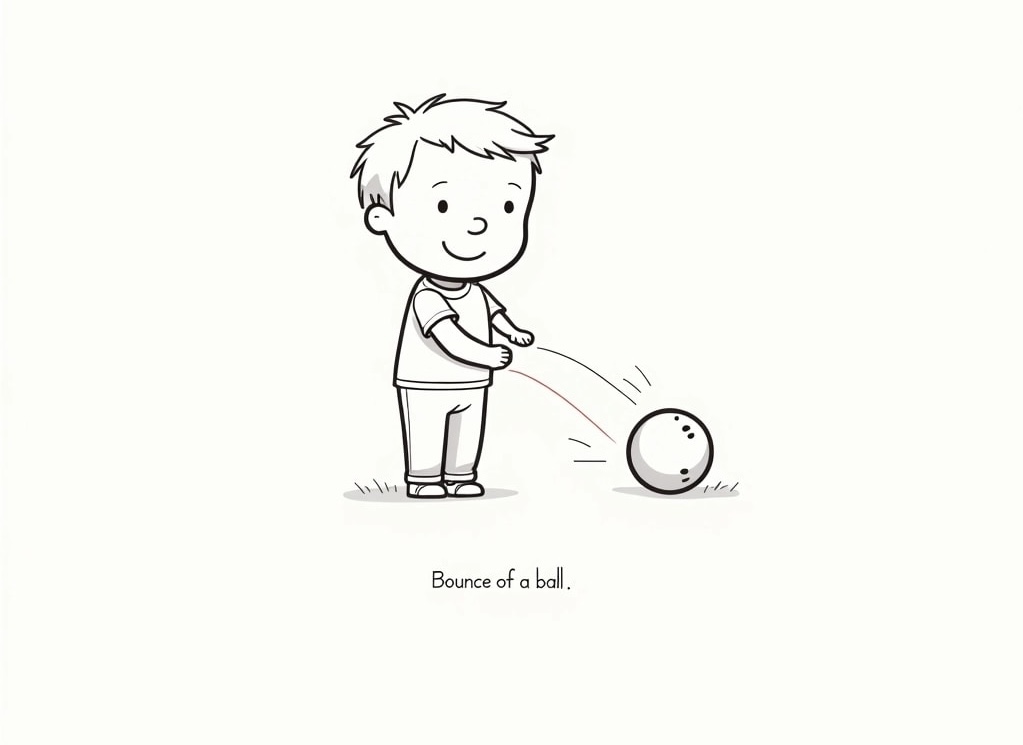Laws of Motion: Understanding How Objects Move

The laws of motion are a set of fundamental principles that describe how objects move and respond to forces. These laws were first formulated by Sir Isaac Newton in the 17th century and have since been widely accepted as a cornerstone of classical mechanics. Understanding these laws is crucial for grasping how forces, including the Fundamental Forces, influence motion.
Newton's Three Laws of Motion
The First Law (Law of Inertia)
An object at rest will remain at rest, and an object in motion will continue to move with a constant velocity, unless acted upon by an external force.
The Second Law (Law of Acceleration)
The force applied to an object is equal to the mass of the object multiplied by its acceleration. This is often expressed mathematically as:
F = ma
The Third Law (Law of Action and Reaction)
For every action, there is an equal and opposite reaction. This means that when an object exerts a force on another object, the second object will exert an equal and opposite force on the first object.
Key Concepts
- Inertia: The tendency of an object to resist changes in its motion.
- Force: A push or pull that causes an object to change its motion.
- Mass: A measure of the amount of matter in an object.
- Acceleration: The rate of change of an object's velocity.
Examples of the Laws of Motion in Action
- A car accelerating from a standstill: The force of the engine propels the car forward, causing it to accelerate. The law of inertia is at work here, as the car's initial velocity is zero.
- A ball rolling down a hill: The force of gravity pulls the ball down the hill, causing it to accelerate. The law of inertia is at work here, as the ball's initial velocity is zero.
- A rocket launching into space: The force of the rocket's engines propels it upward, causing it to accelerate. The law of inertia is at work here, as the rocket's initial velocity is zero.
Quiz Time!
1. What is the law of inertia?
a) An object at rest will remain at rest, and an object in motion will continue to move with a constant velocity, unless acted upon by an external force.
b) The force applied to an object is equal to the mass of the object multiplied by its acceleration.
c) For every action, there is an equal and opposite reaction.
d) An object's velocity is constant unless acted upon by an external force.
Answer: a) An object at rest will remain at rest, and an object in motion will continue to move with a constant velocity, unless acted upon by an external force.
2. What is the relationship between force, mass, and acceleration?
a) F = ma
b) F = m/a
c) F = a/m
d) F = m²/a
Answer: a) F = ma
3. What is an example of the law of action and reaction?
a) A car accelerating from a standstill
b) A ball rolling down a hill
c) A rocket launching into space
d) A person pushing a wall
Answer: d) A person pushing a wall
Further Exploration
- For a deeper dive into the world of classical mechanics and the foundations laid by Newton, consider reading his seminal work, The Principia by Issac Newton - Newton’s Laws of Motion and Universal Gravitation | Mathematical Principles of Natural Philosophy | Revolutionary work on Laws of Motion. This groundbreaking text laid the groundwork for our understanding of motion and gravity.
- For a more modern perspective, explore FOR THE LOVE OF PHYSICS which presents physics concepts in an engaging and thought-provoking way.
- If you are looking for a hands-on approach to learning about motion, this Physics Experiment Kit can help visualize Newton's laws.
Related Posts

Explore the principles of energy and thermodynamics. Learn about energy conservation, entropy, and the laws governing energy transfer and transformations.

Fundamental forces of nature explained: Gravity, electromagnetic force, strong nuclear force, weak nuclear force. Learn about their properties, range, strength, and mediating particles.

Dive into Einstein's groundbreaking theories of relativity and understand how they shape our understanding of the universe.

Dive into the fascinating world of quantum mechanics, unraveling the principles governing the atomic and subatomic realms.